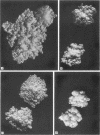Abstract
Changes in the Danish BCG strain under certain regimens of subculture have been shown in preceding studies to be associated with selection of a minority population. Three Czechoslovakian BCG strains, all originally derived from the Danish strain but thereafter and in distinction from it maintained on potato media, have now been investigated. Changes in the immunizing potency of two of these strains have been attributed by other workers to employment of the richer potato media in place of Sauton medium as used for maintenance of the parent Danish strain. However, results from the present study suggest rather that selection of a pre-existing minority genotype or of a new mutant occurred. This proposal is supported by the finding that the third strain has maintained characteristics similar to those of the Danish parent despite many previous transfers on potato media.
Another BCG strain investigated was the Japanese which, like the three Czechoslovakian strains, had been previously maintained on potato media. This strain has been shown in the present study to resemble the Danish strain in supporting a minority population yielding non-spreading colonies. Czechoslovakian vaccine prepared with seed culture supplied from Tokyo has retained characteristics similar to those of the Japanese parent. Although a majority population yielding spreading colonies appears so far to have been retained in both centres, it is considered that selection of the minority could still occur in the course of routine transfer.
Full text
PDF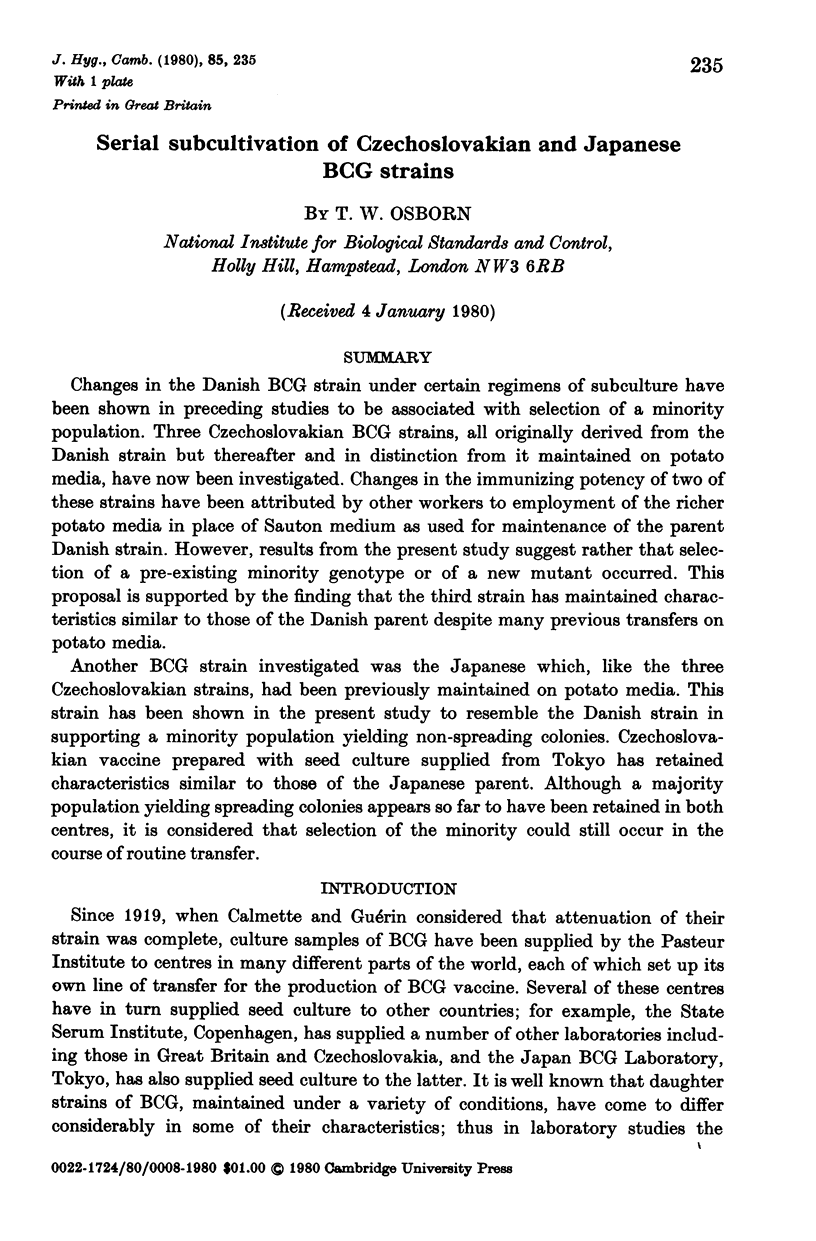
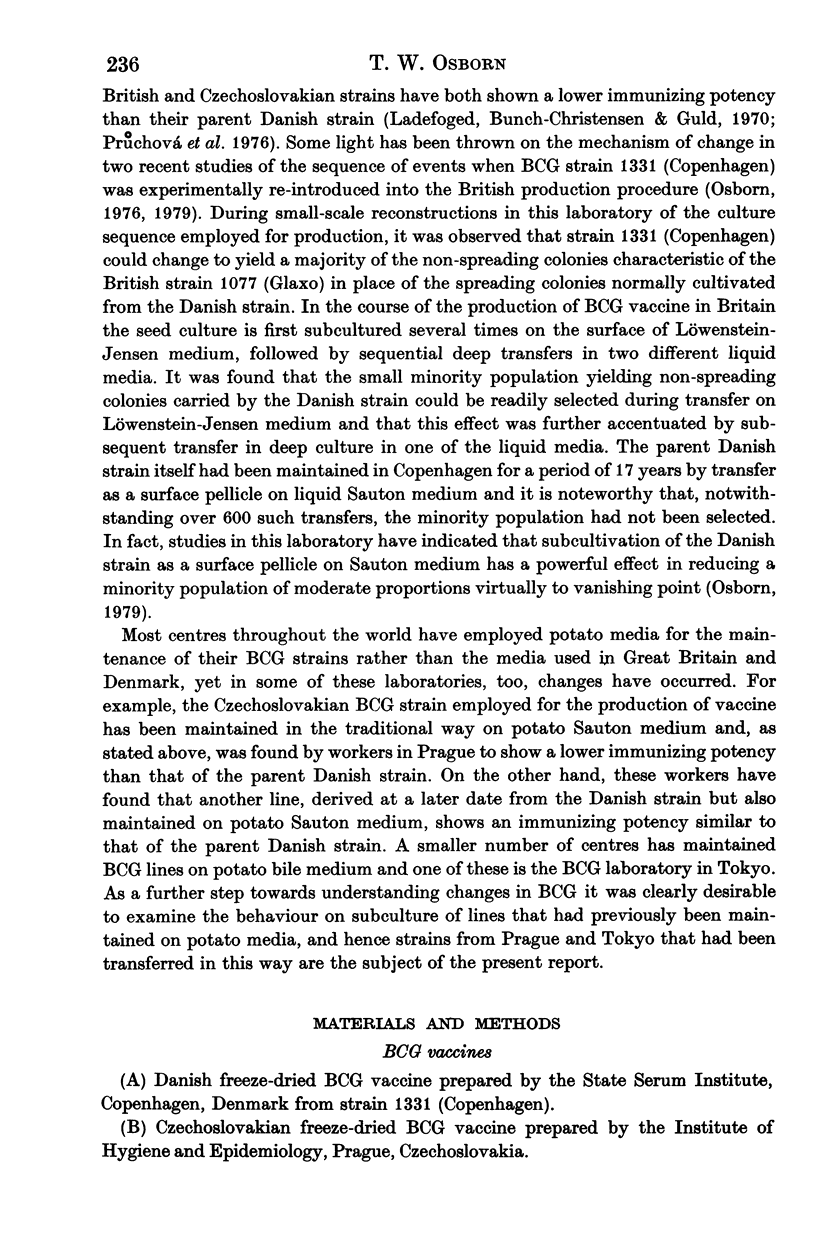
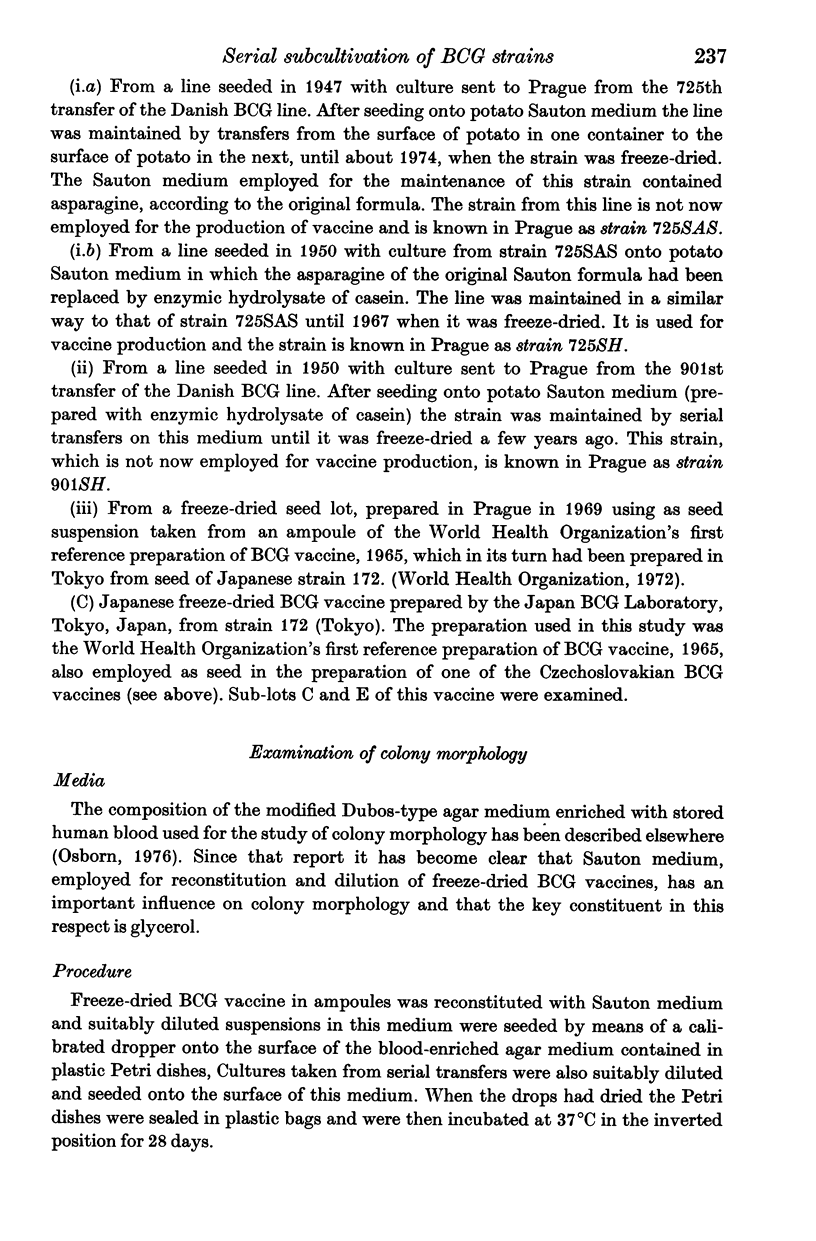
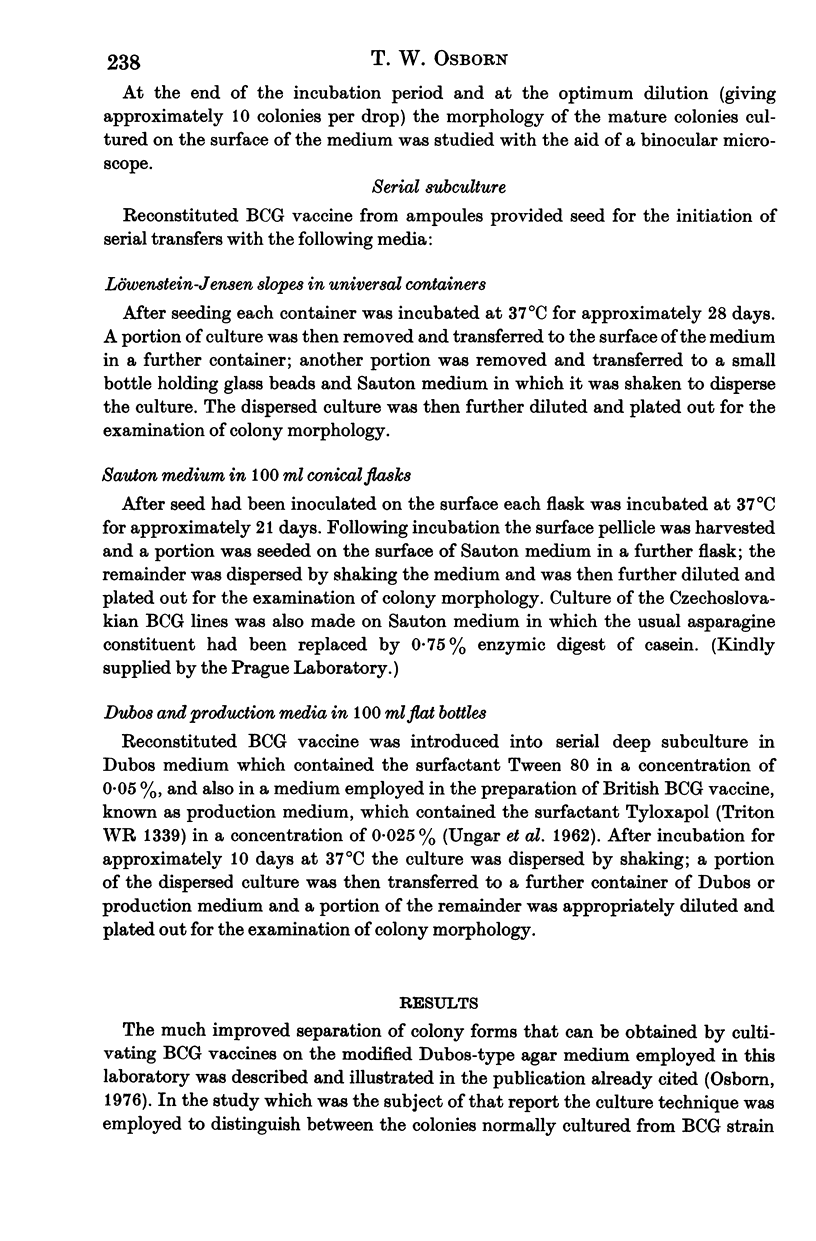
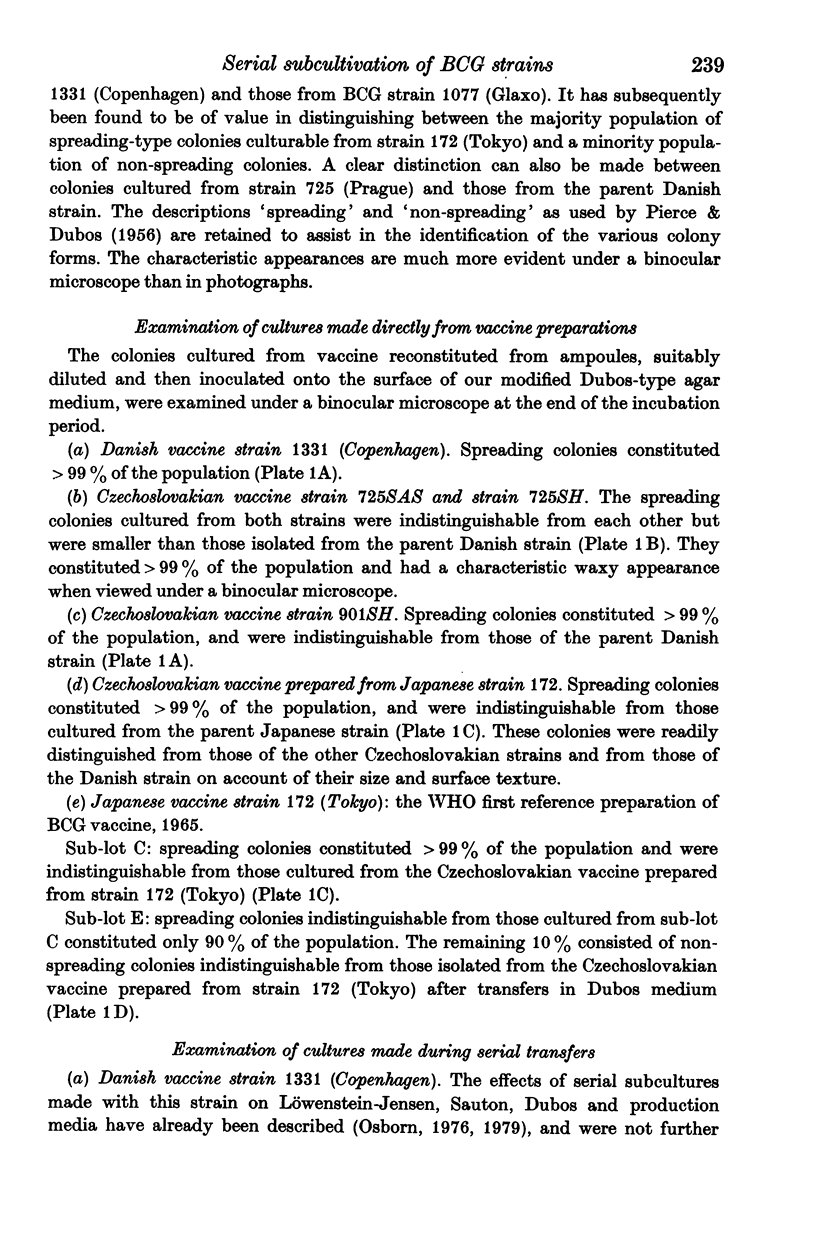
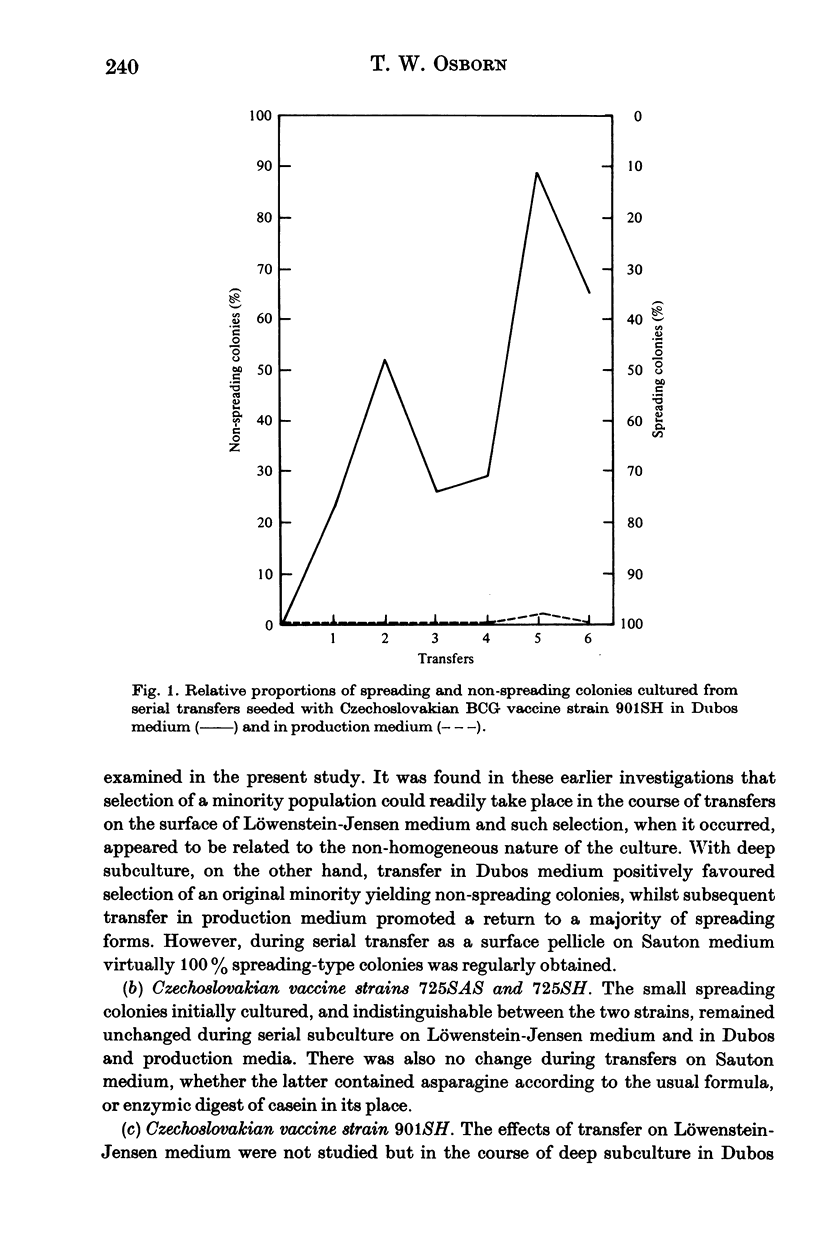
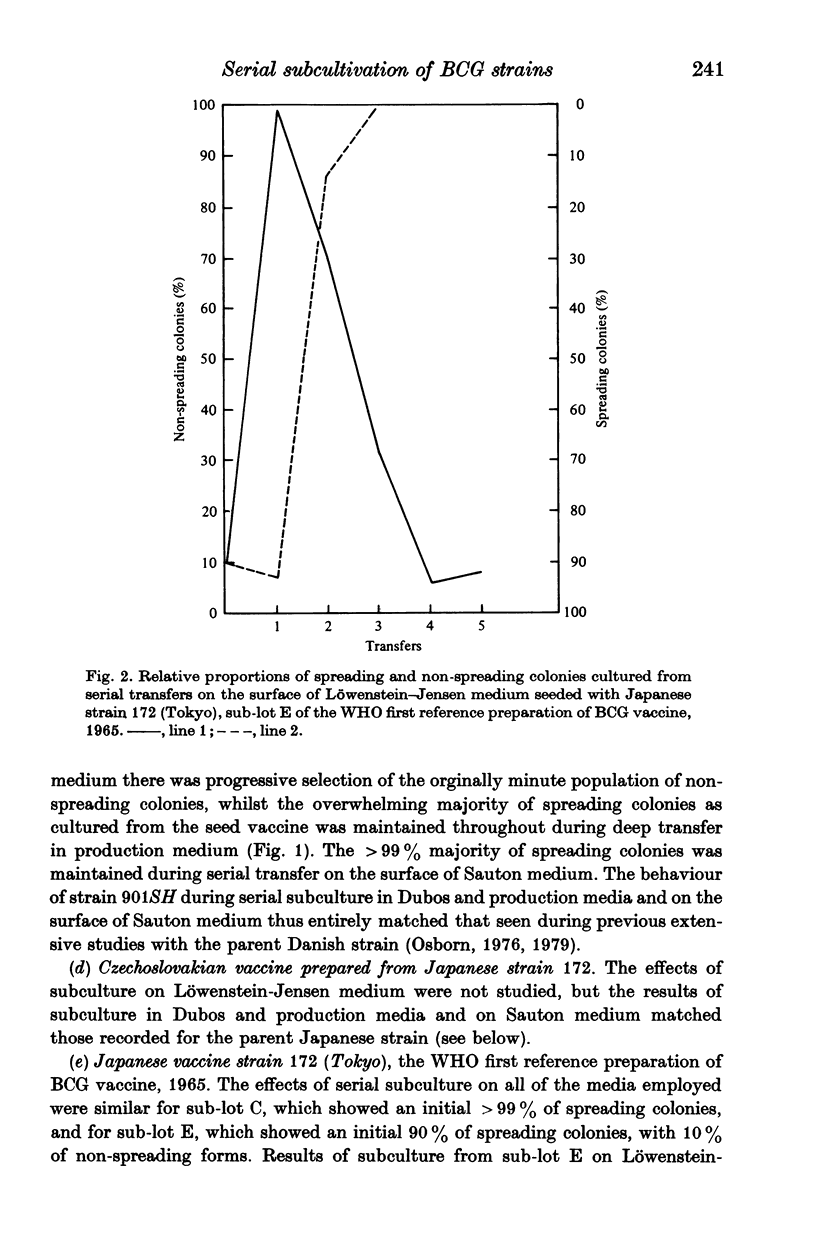
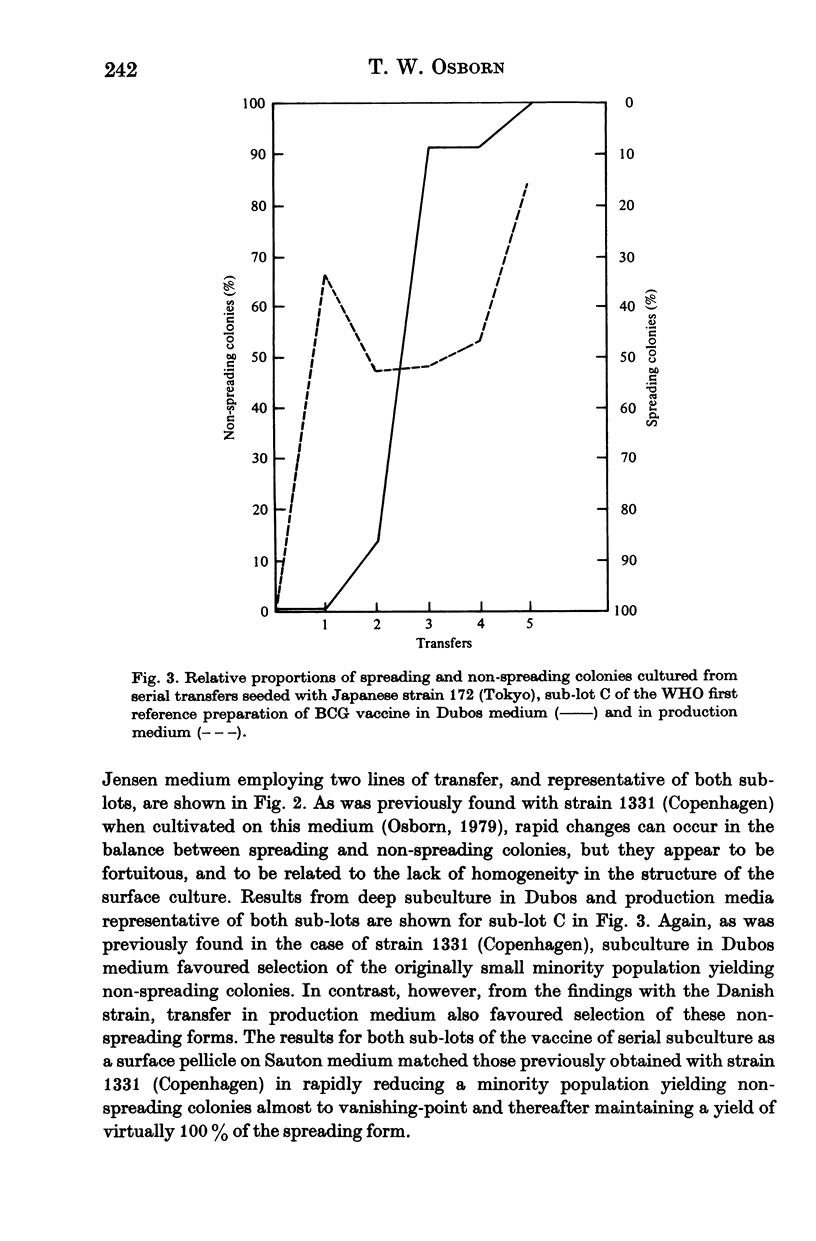
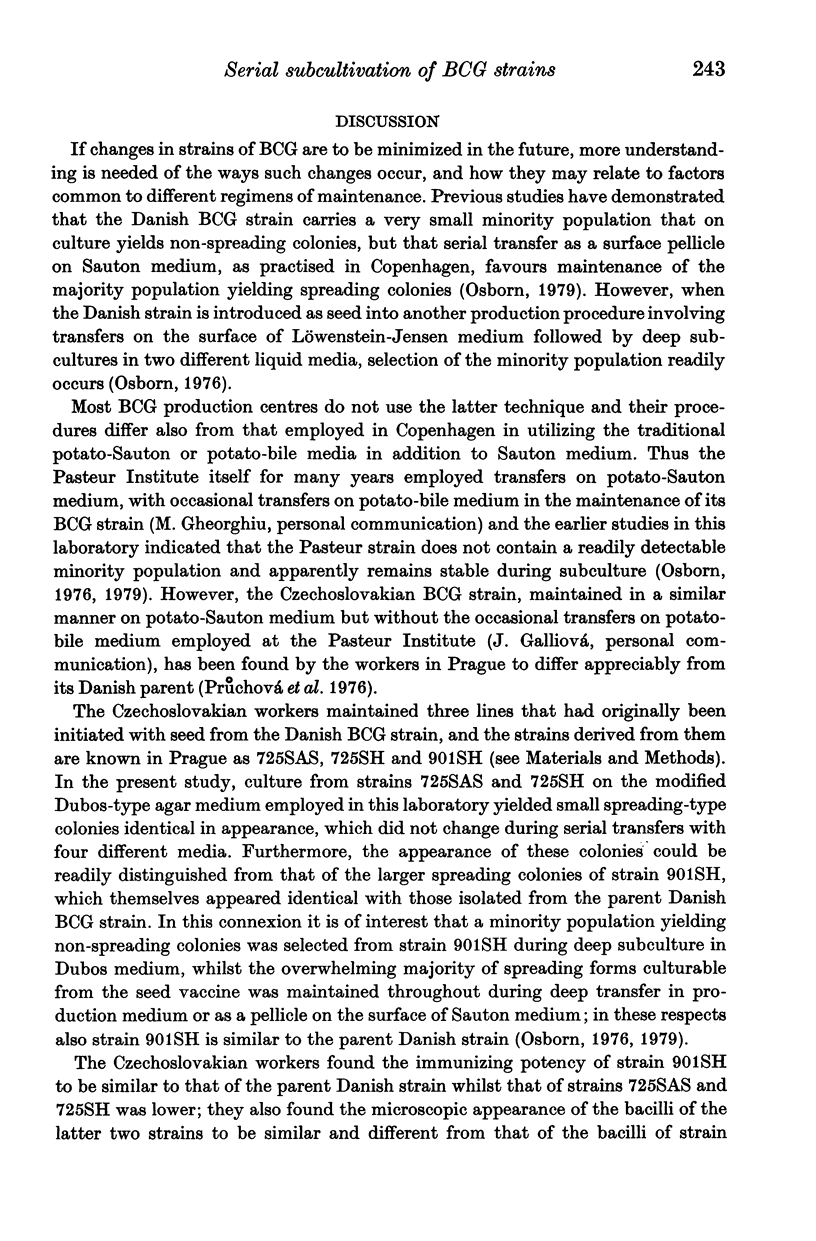
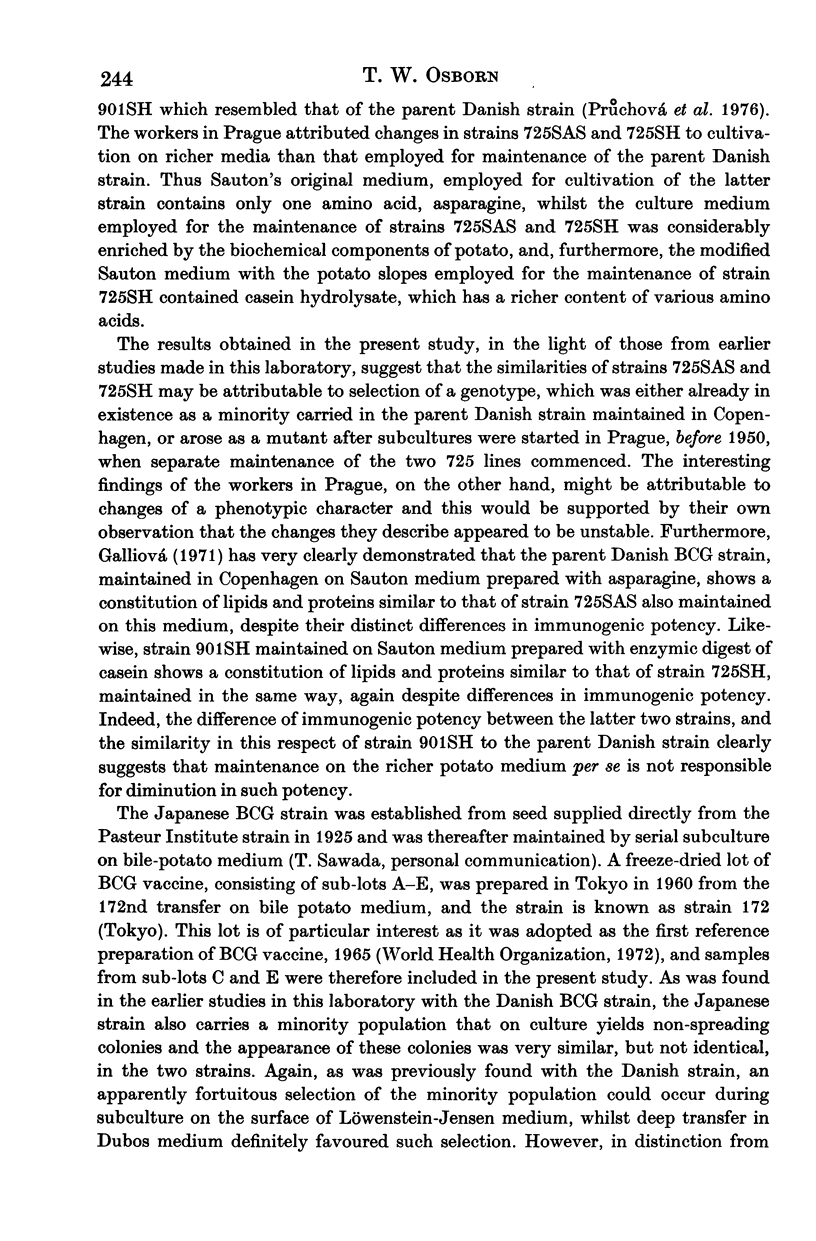
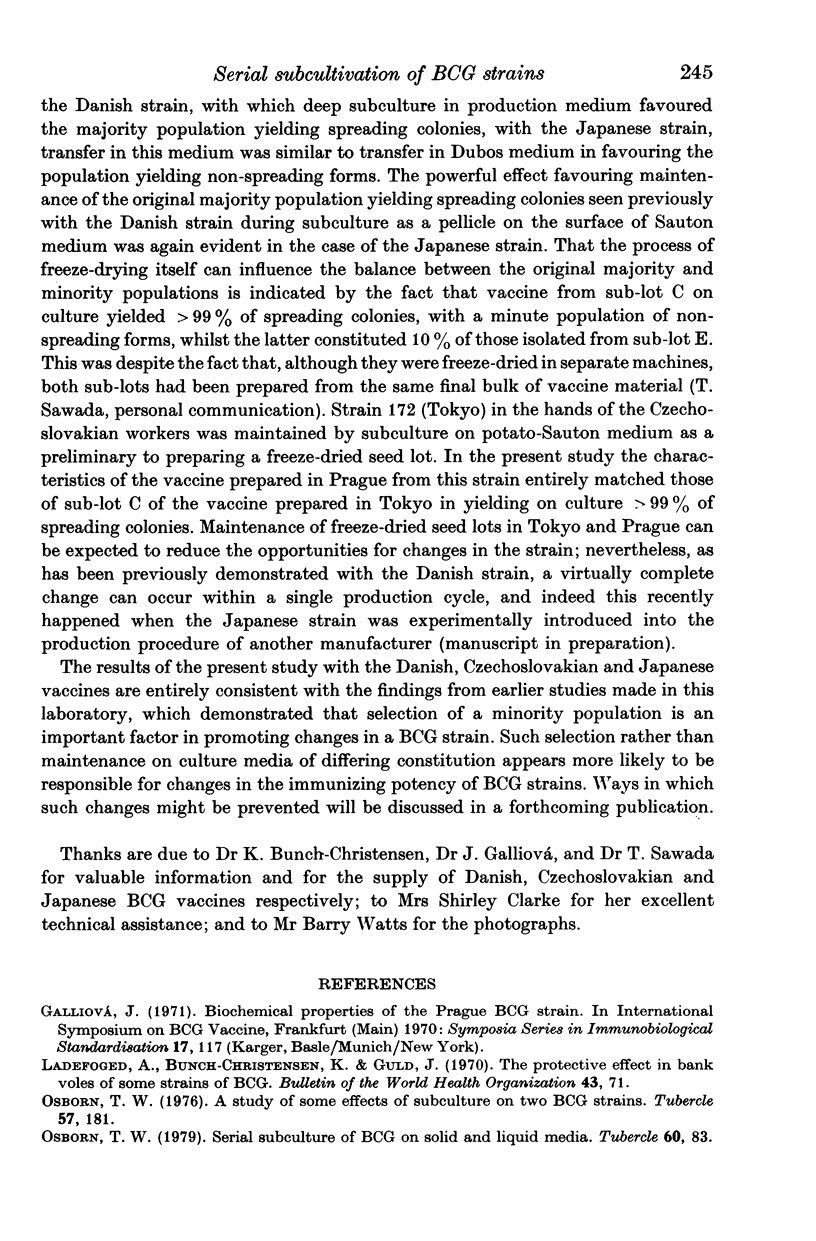
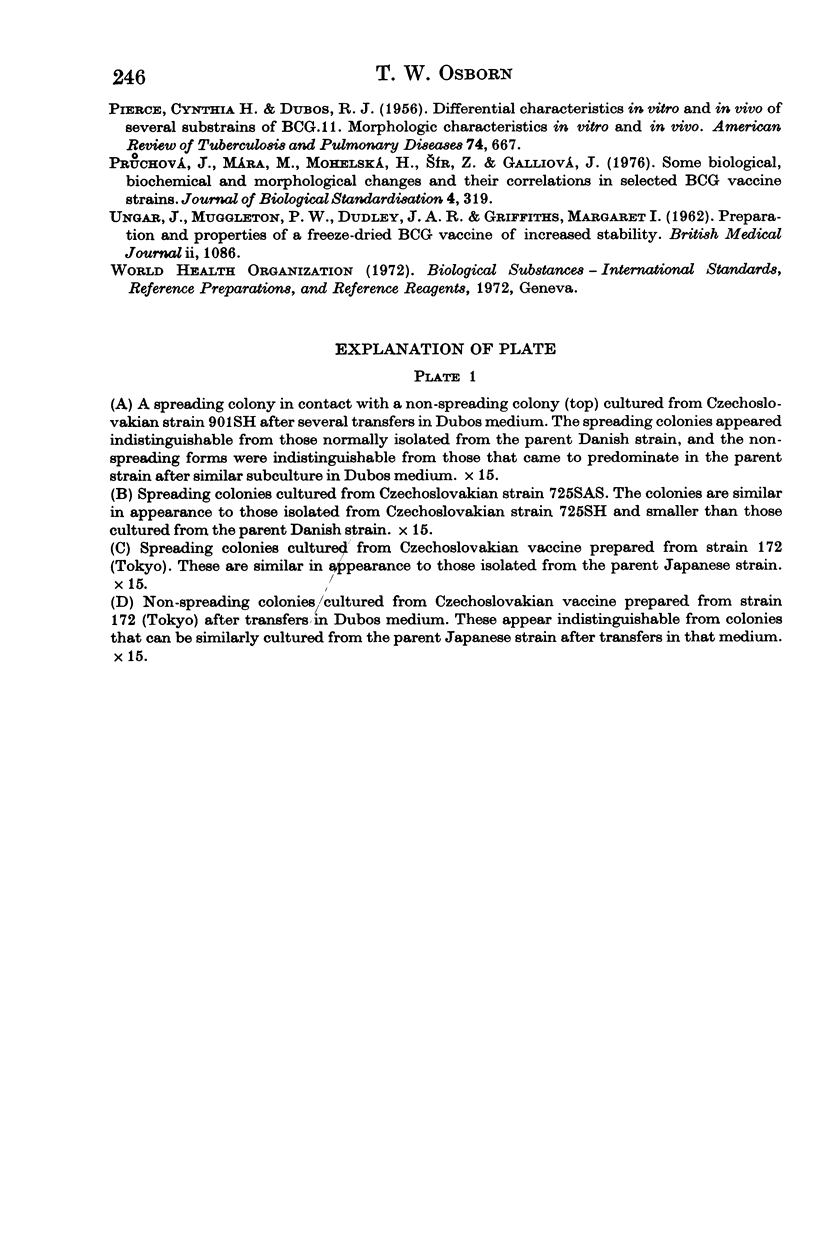
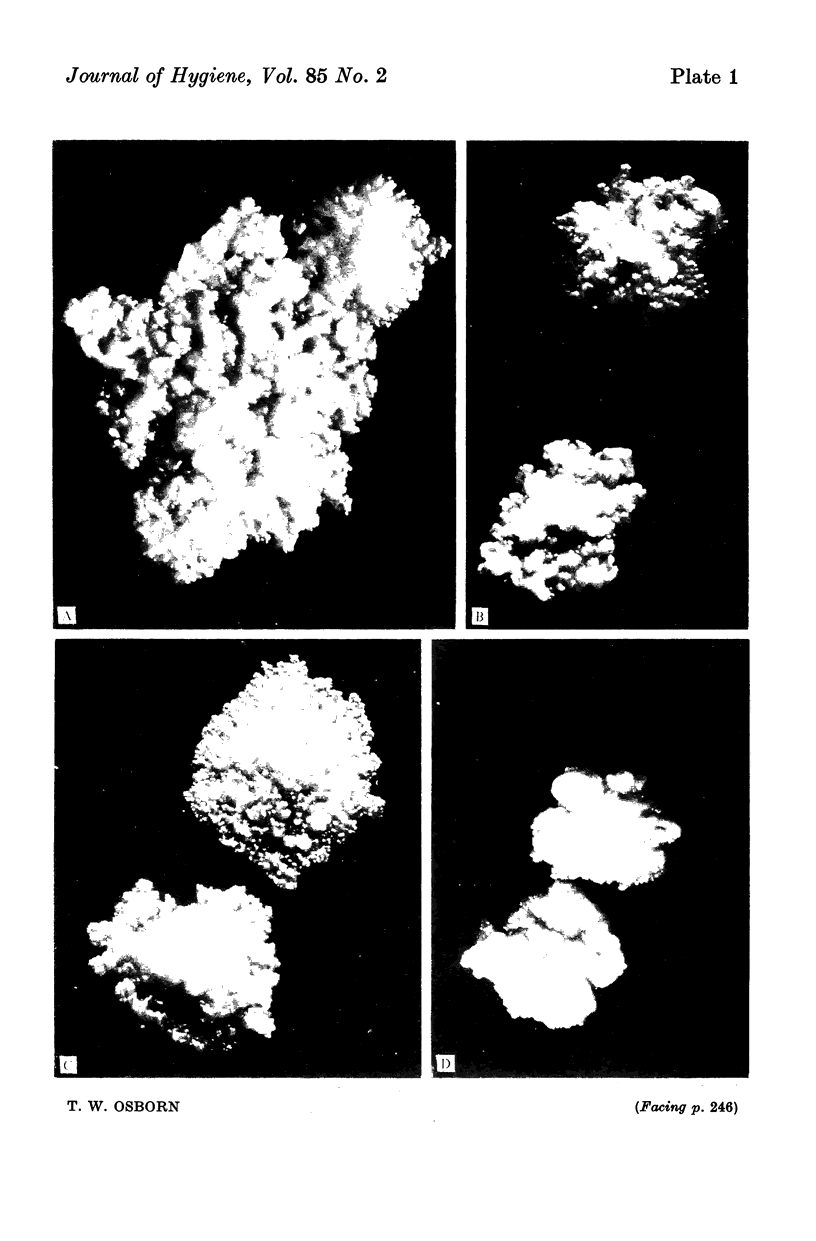
Images in this article
Selected References
These references are in PubMed. This may not be the complete list of references from this article.
- DUBOS R. J., PIERCE C. H. Differential characteristics in vitro and in vivo of several substrains of BCG. II. Morphologic characteristics in vitro and in vivo. Am Rev Tuberc. 1956 Nov;74(5):667–682. doi: 10.1164/artpd.1956.74.5.667. [DOI] [PubMed] [Google Scholar]
- Ladefoged A., Bunch-Christensen K., Guld J. The protective effect in bank voles of some strains of BCG. Bull World Health Organ. 1970;43(1):71–90. [PMC free article] [PubMed] [Google Scholar]
- Osborn T. W. A study of some effects of subculture on two BCG strains. Tubercle. 1976 Sep;57(3):181–195. doi: 10.1016/0041-3879(76)90027-1. [DOI] [PubMed] [Google Scholar]
- Osborn T. W. Serial subculture of BCG on solid and liquid media. Tubercle. 1979 Jun;60(2):83–90. doi: 10.1016/0041-3879(79)90040-0. [DOI] [PubMed] [Google Scholar]
- Průchová J., Mára M., Mohelská H., Sír Z., Galliová J. Some biological, biochemical and morphological changes and their correlations in selected BCG vaccine strains. J Biol Stand. 1976;4(4):319–327. doi: 10.1016/s0092-1157(76)80016-9. [DOI] [PubMed] [Google Scholar]
- UNGAR J., MUGGLETON P. W., DUDLEY J. A., GRIFFITHS M. I. Preparation and properties of a freeze-dried B.C.G. vaccine of increased stability. Br Med J. 1962 Oct 27;2(5312):1086–1089. doi: 10.1136/bmj.2.5312.1086. [DOI] [PMC free article] [PubMed] [Google Scholar]



